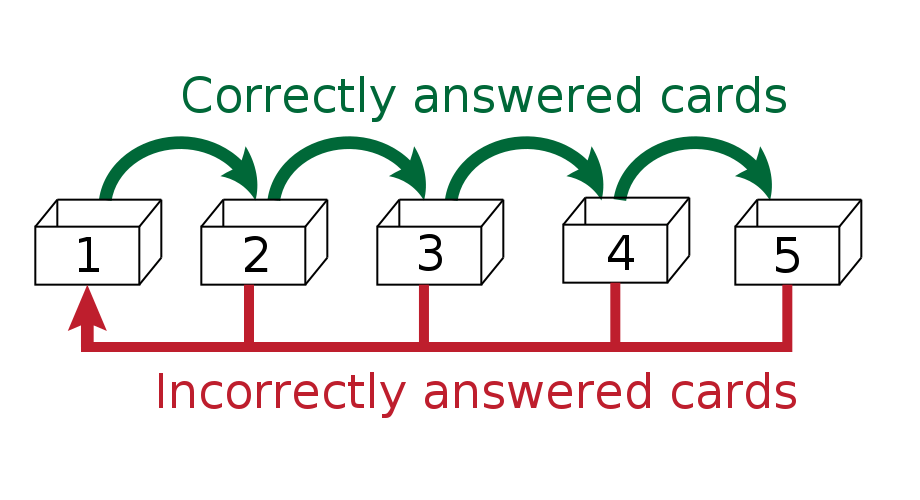 Learning Italian quickly couldn’t be easier.
Learning Italian quickly couldn’t be easier.
But maybe you’ve faced obstacles or have other concerns that are holding you back.
No doubt about it:
Learning a language presents several challenges.
But what if there were certain tips, tactics and memory techniques that will make learning this beautiful language easier for you?
Good news:
There are many “power-ups” and on this page, you’ll discover the best way to learn Italian on your own.
And if you prefer to work with a teacher or attend classes, I’ll give you some tips on how to get more out of those strategies too.
Ready?
Let’s dive in!
Where Do I Start Learning Italian?
One challenge that many language learners face is that there is no one single place to start. There are five, sometimes called The Big Five of Language Learning:
- Reading
- Writing
- Speaking
- Listening
- Memorizing
These activities need to be in constant rotation in order to help you become fluent.
How do you get these five activities balanced so you can make Italian easy instead of difficult?
That’s what we’ll talk about next. It’s fun, fulfilling and you’ll love what combining all of these steps is going to do for your learning.
The Best Way to Learn Italian: Start With These 4 Steps
As we go through each of these tips, please keep the Big Five in mind as a kind of Llullian wheel of powerful memory strategies.
The point is not to focus on just one of the activities, but get all of them into balance. Consistency with each is the key.
One: Start Speaking Immediately
Unless you’re learning a new language you intend only to read, it’s important to get your mouth moving a.s.a.p.
Yes, it can take courage. But you don’t have to be worried about making mistakes. You can mimic native speakers using Pimsleur courses or just watching lessons on social media.
Scientifically speaking, listening and mimicking are the most direct ways to develop your verbal memory.
Another great aspect to speaking is that listening comes included as part of the package. It’s never an isolated activity because even if you’re practicing by yourself, you’re hearing yourself. This process helps encourage acoustic encoding.
Two: Limit Your Italian Learning Materials
Yes, the Internet is loaded with countless language learning programs. However, polyglot Olly Richards recommends a tight focus on just:
- One textbook
- One audio program
- One video course
Less is more, according to Richards, and I agree. In fact, I don’t know anyone who has become a polyglot without narrowing their focus to deeper completion rates of fewer language learning books and programs.
It’s a counterintuitive strategy, but it works.
Three: Learn to Balance the Challenge-Frustration Curve
Although learning Italian can be easy, it will never be without its challenges. The trick is to intuit those moments when you’re feeling challenged and scale back to something easier.
You can think about it like riding a wave. If things get too easy on the ocean, you’ll grow bored and look for something else to do.
Or, as you’ve probably already experienced while studying Italian on a language learning app, there’s a high temptation to bounce when the going gets tough.
This is less likely to happen given that Italian is one of the easiest languages according to many lists. Its grammar is not substantially different from English either.
But you have to keep the basic point in mind: you can’t run away from the challenges. If anything, it’s the opposite.
Push yourself a little and then when you hit a frustration point, scale back. This is especially important if you’re learning more than one language at the same time.
Four: Expand Your Options
As great as reading, writing, speaking and listening along with memorizing can be, you can also use accelerated learning techniques to help speed up the journey.
For example, you can explore mind mapping. I’ve used mind mapping for language learning extensively in combination with the Memory Palace technique. You can check out some examples here.
Now that’s we’ve had a broad overview of where to start with learning Italian, let’s look specifically at some powerful memory techniques. Think of these approaches as turbochargers.
3 Memory Techniques for Learning Italian Quickly
Learning Italian has everything to do with your ability to retrieve information from memory accurately and efficiently. You can think of a lot of language material in terms of semantic memory.
To improve this aspect of your memory, many language learners look to mnemonics. Let me give you a masterclass in the key techniques you’ll want to explore as you learn Italian like a boss.
One: Spaced Repetition
It would be nice if you could look at a word or phrase once and remember it forever. But unfortunately, that’s not how it works.
The good news is that you don’t have to use rote learning either, all thanks to spaced repetition.
There are many ways to use spaced repetition optimally, including:
- Zettelkasten and the Leitner System
- Flashcards and Anki
- Hand drawn cards

The only issue with these spaced repetition techniques is that answering cards to test your vocabulary acquisition over time doesn’t scale. There are a lot of words you need to know to be fluent in Italian. Plus, you need to be able to memorize entire phrases. That’s why you want to explore additional methods.
No one of what we’re about to explore provide an alternative to spaced repetition. Rather, they are a supplement. Spaced repetition is important to have in each and every learning cycle.
But let’s look at what they are and how they work so you can patch them in.
Two: Memory Palaces
A Memory Palace is a mental recreation of a house or building. You use it to “store” associations that help you remember the sound and meaning of Italian vocabulary.
The best part of the Memory Palace technique for language learning is that you can go beyond memorizing vocabulary. You can use it to memorize phrases and even long passages in any language.
For example, if you want to memorize “che ore é?” for “what time is it?” you can lay out a series of familiar images in a room.
Look at the illustration above and imagine Kay Redfield Jameson with iron ore in the bedroom. She’s with a Canadian who is saying, “eh!”
This is just one example of a mnemonic image. The trick is training your mind to come up with them as quickly as mnemonists like myself do.
Some people see coming up with associations as a dealbreaker. But really all it takes is a bit of mental training. Before you know it, your mind will come up with all kinds of associations.
The role of association is very important for forming memories quickly, something shown repeatedly by the science of active recall.
Three: Writing From Memory
Speaking of active recall, one of the most powerful memory techniques that language learners neglect is the role of writing.
But as memory expert Lynne Kelly has pointed out, writing is the ultimate encryption technique.
All you need to do is simple:
Even if you haven’t remembered new words or phrases perfectly, write out what you do remember by hand. Scientists don’t know why, but typing doesn’t produce the same effects when learning new words.
But that doesn’t mean you shouldn’t type at all.
Here’s the process I recommend for best results:
- Use the Memory Palace technique to memorize words and phrases
- Compound with your preferred spaced repetition techniques
- Call the material to mind first
- Write it down on paper
- Try to compose your own unique sentences (or translate as my friend Luca Lampariello suggests)
- Type them up
- Record your voice pronouncing your writing
- Send both the writing and the recording to a teacher
- Reflect on their feedback
- Repeat
Combining each of these steps gives you the Big 5 of language learning in one fell swoop.
Is There Really A Best Way To Learn Italian On Your Own?
Yes, you can study Italian substantially on your own.
But at the end of the day, using a language is not a solitary activity.
Even if you’re studying Latin, you still need other people to help you understand it, ranging from grammar books to people who can explain regional variations and its history.
The sooner you get more people involved, the better.
So I suggest that you get into private sessions with a tutor either in person or online a.s.a.p.
And one of the best things you can do is share a magazine and start asking questions. I’m talking about questions as simple as, “What is that?”
Record each session so you can review it later, which is itself a form of spaced repetition. These days, it’s easier than ever to record a Skype or Zoom session. Or if you’re in a traditional classroom, ask permission to record the audio and even the video. Most teachers will allow recording and taking photos of the lesson board.
And for best results, spend some time memorizing the materials you’ve learned. You don’t have to memorize each and every word, but try for 15-20%. Using mnemonics will help make everything else you need to learn stickier.
If you’d like more help on the memory activities, get my FREE Memory Improvement Kit now:
It will help you create your first Memory Palaces and learn more about proper spaced repetition.
Then, you can get yourself a dictionary or a story book and start memorizing Italian words and phrases fast.
It’s not exactly magic, but it’s the closest thing to real magic that exists.
And the best part is that Italian memory masters like Matteo Ricci will fascinate you as you also start learning about Italian history and culture.
Memory has been a huge part of Italy’s history and learning about it will make the language even more delightful for you.
Enjoy the journey!
Related Posts
- Stoic Secrets For Using Memory Techniques With Language Learning
Christopher Huff shares his Stoic secrets for using memory techniques when learning a language. You'll…
- The German Professor Who Defends Memory Techniques for Language Learning
This professor defends memorization techniques for learning foreign languages and has the science to prove…
- Mnemonics, Language Learning And Virtual Memory Palaces In Discussion With Timothy Moser
Two memory skills enthusiasts reveal all.









